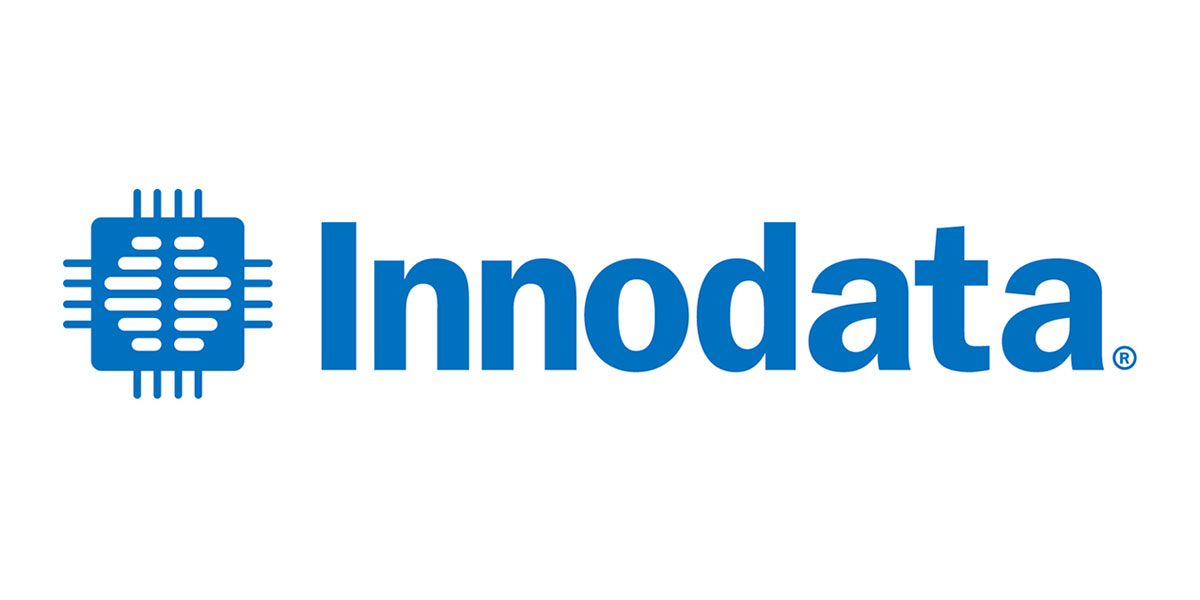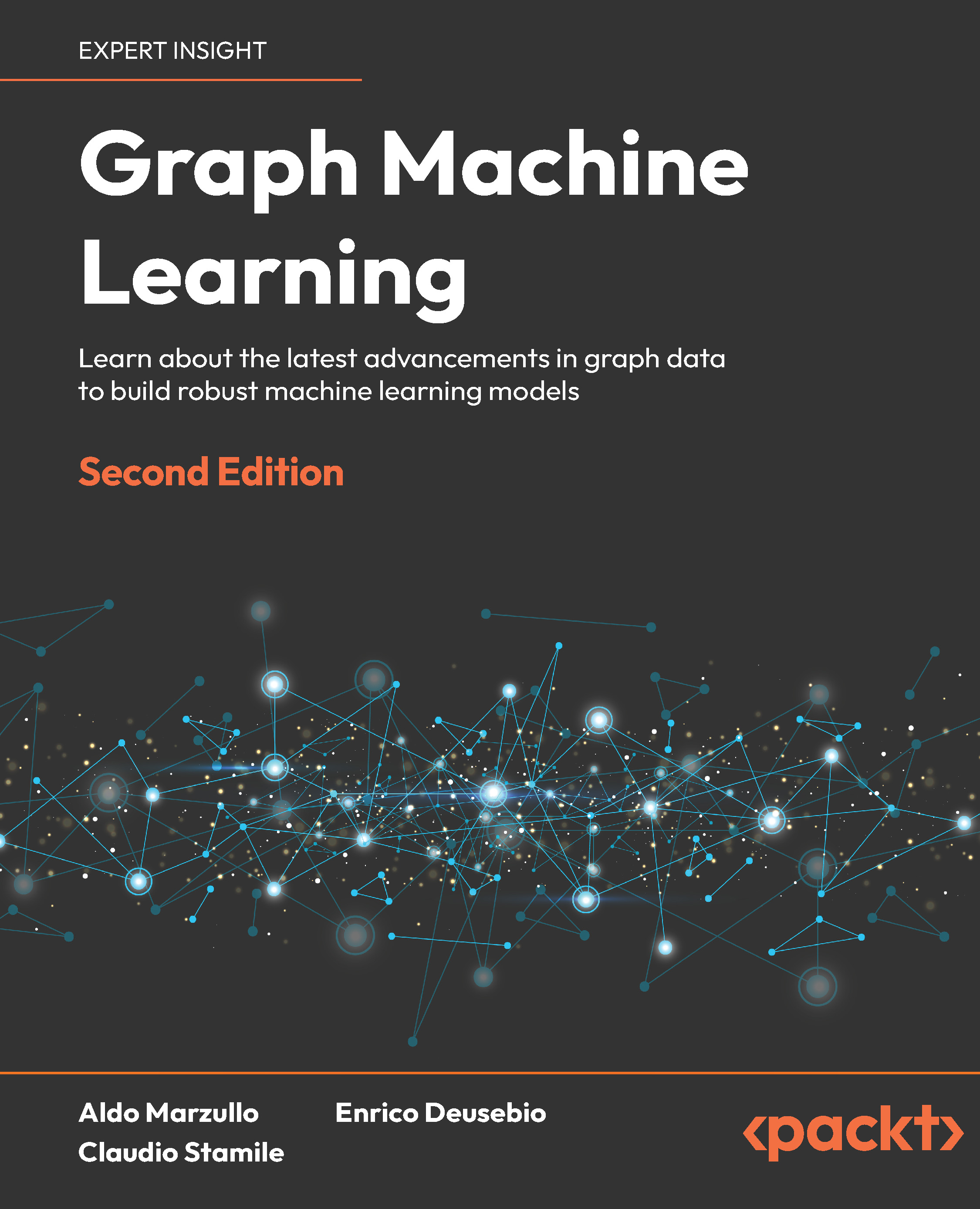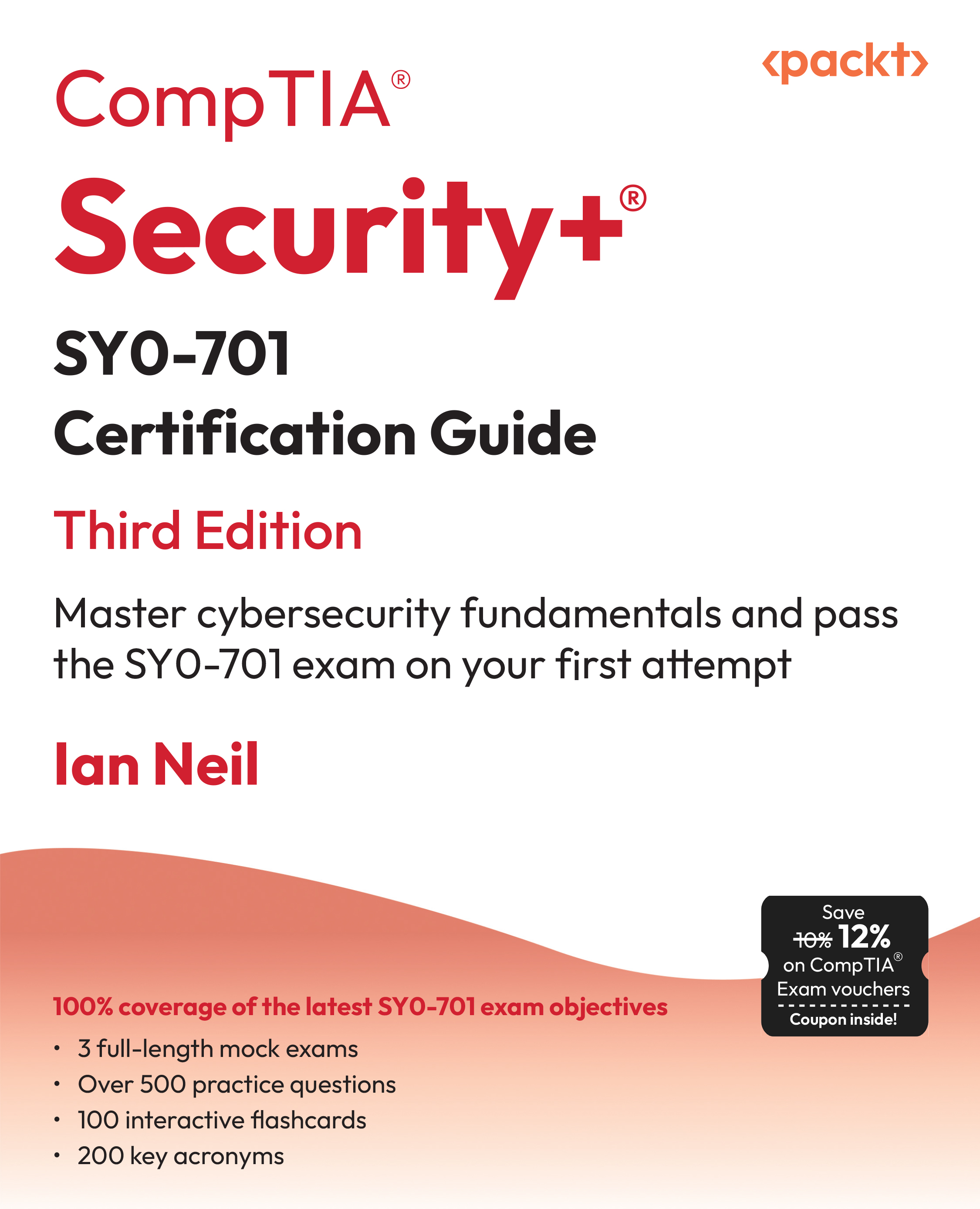Welcome to DataPro #116 – Your Weekly Dose of Data Magic! 🌟
Stay at the cutting edge of data engineering, data science, and AI! This week’s newsletter delivers the latest tools, insights, and strategies you need to accelerate your workflow, fine-tune your models, and power your innovations. From optimizing pipelines to mastering AI trends, we’ve got you covered. Let’s get started! 🚀
🚨 Packt Conference Alert! 🚨
Stay at the forefront of AI innovation! 🚀 Join us for 3 action-packed days of LIVE sessions with 20+ top experts and unleash the full power of Generative AI at our upcoming conference. Don’t miss out - Claim your spot today!
🔍 Spotlight Algorithm: This Week's Must-Know Model
✦ Un Ministral, des Ministraux: Mistral AI’s new Ministral 3B and 8B models
✦ MIBench: The Ultimate AI Benchmark for Model Inversion Attacks & Defenses
✦ OPEN-RAG: Revolutionizing Reasoning with Open-Source LLMs
✦ Inheritune: Smarter, Smaller Language Models with Efficient AI Training
✦ OpenAI’s MLE-Bench: A Deep Dive into ML Engineering Agent Performance
✦ OpenAI Update: Disrupting Misuse and Strengthening AI Ethics
🚀 Tech Buzz: What’s Trending in AI?
✦ BigQuery x Apache Iceberg: Next-Gen Data Storage, Unlocked
✦ Meet Arch: The Intelligent Gateway for Seamless LLM Integration
✦ MRAG-Bench: A Vision-Centric AI Benchmark for Multimodal Models
✦ Adaptive Computation: MIT's Smarter, Cost-Efficient Language Models
✦ LoLCATS: Stanford’s Efficient LLM Linearization Breakthrough
🛠️ Tool Time: Top ML Tools & Services
✦ 40+ Cool AI Tools You Can't Miss in October
✦ Zyphra's Zamba2-7B: Power-Packed Small Language Model
✦ OpenR: An Open-Source Framework for LLM Reasoning
✦ SuperNova-Medius: A 14B Model Shaking Up AI
✦ Aria: Rhymes AI’s State-of-the-Art Multimodal MoE Model
📊 ML in Action: Success Stories
✦ NVIDIA’s MoE Models: Upcycling LLMs for Greater Efficiency
✦ Google’s Tx-LLM: Fine-Tuned AI for Therapeutic Advancements
✦ INTELLECT-1: Pioneering Decentralized AI Model Training
✦ HyperAgent: FPT AI’s Generalist Agent Excelling in Software Engineering
🌍 ML Newsflash: Fresh Off the AI Press
✦ Create Podcasts with NotebookLM: Your Educational Content, Now Audio!
✦ YouTube Study Guides: Turn Videos into Learning Powerhouses with NotebookLM
✦ Claude AI: A Deep Dive into Anthropic’s AI Assistant & Artifacts
✦ ML Deployment 101: Cloud vs. Edge—Which Strategy Wins?
✦ lintsampler: Quick Sampling from Any Distribution, Simplified
✦ Falcon 2 11B on EC2: A Guide to Efficient Model Inference
There you have it—this week's freshest insights to keep you ahead in the ever-evolving world of Data and ML! Keep innovating, stay curious, and we’ll see you next week with more DataPro magic! 🎩✨
 United States
United States
 Great Britain
Great Britain
 India
India
 Germany
Germany
 France
France
 Canada
Canada
 Russia
Russia
 Spain
Spain
 Brazil
Brazil
 Australia
Australia
 South Africa
South Africa
 Thailand
Thailand
 Ukraine
Ukraine
 Switzerland
Switzerland
 Slovakia
Slovakia
 Luxembourg
Luxembourg
 Hungary
Hungary
 Romania
Romania
 Denmark
Denmark
 Ireland
Ireland
 Estonia
Estonia
 Belgium
Belgium
 Italy
Italy
 Finland
Finland
 Cyprus
Cyprus
 Lithuania
Lithuania
 Latvia
Latvia
 Malta
Malta
 Netherlands
Netherlands
 Portugal
Portugal
 Slovenia
Slovenia
 Sweden
Sweden
 Argentina
Argentina
 Colombia
Colombia
 Ecuador
Ecuador
 Indonesia
Indonesia
 Mexico
Mexico
 New Zealand
New Zealand
 Norway
Norway
 South Korea
South Korea
 Taiwan
Taiwan
 Turkey
Turkey
 Czechia
Czechia
 Austria
Austria
 Greece
Greece
 Isle of Man
Isle of Man
 Bulgaria
Bulgaria
 Japan
Japan
 Philippines
Philippines
 Poland
Poland
 Singapore
Singapore
 Egypt
Egypt
 Chile
Chile
 Malaysia
Malaysia















